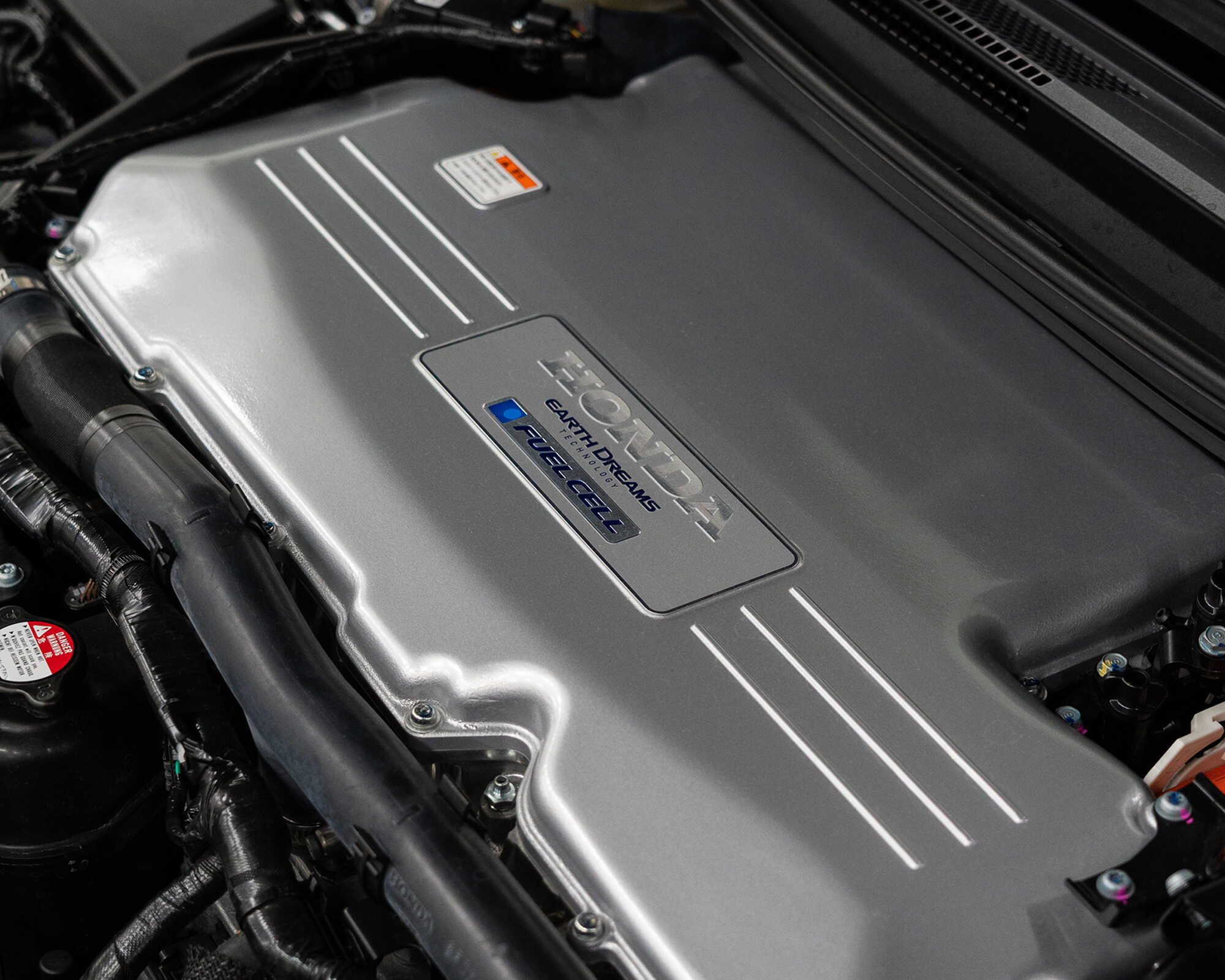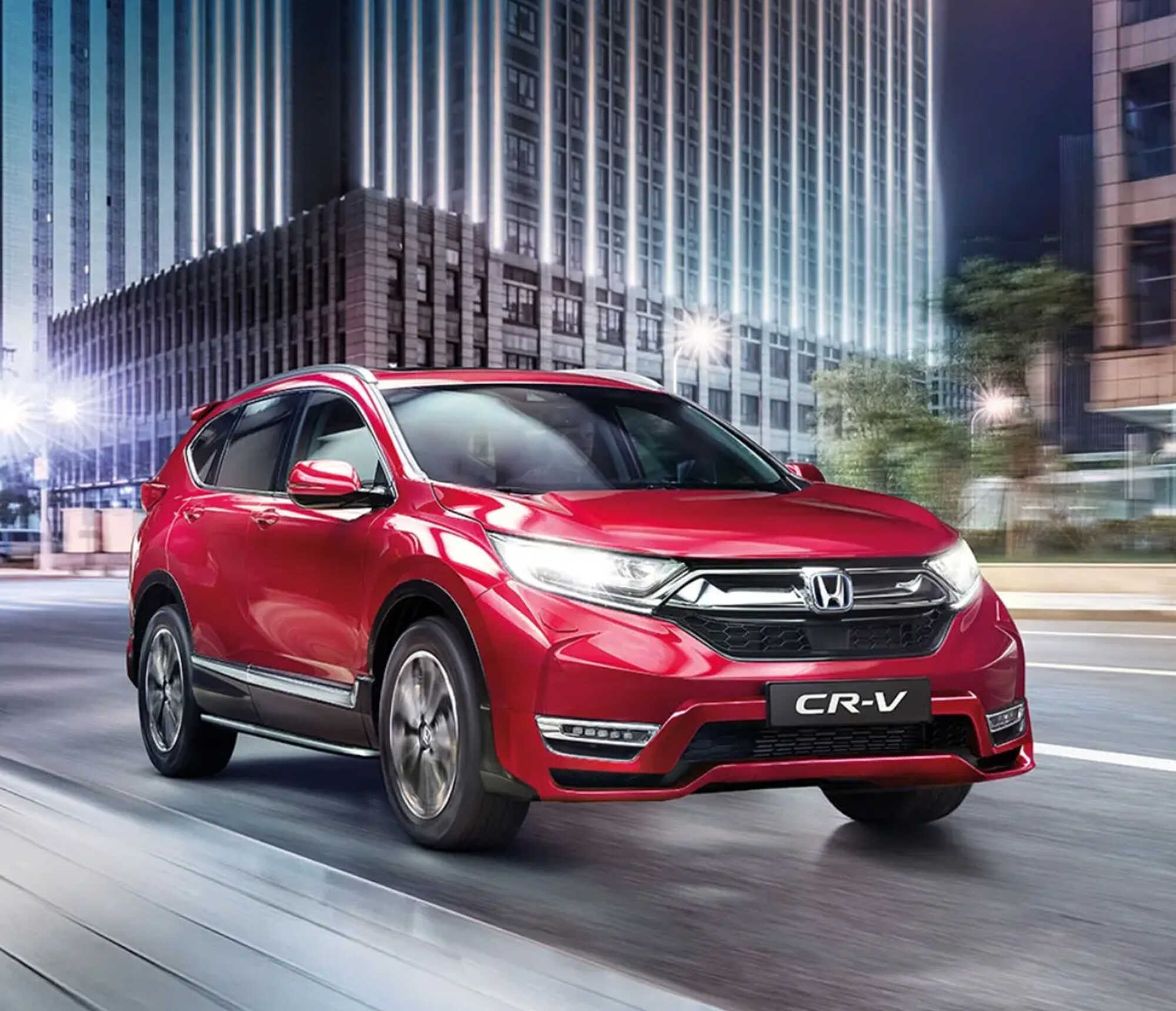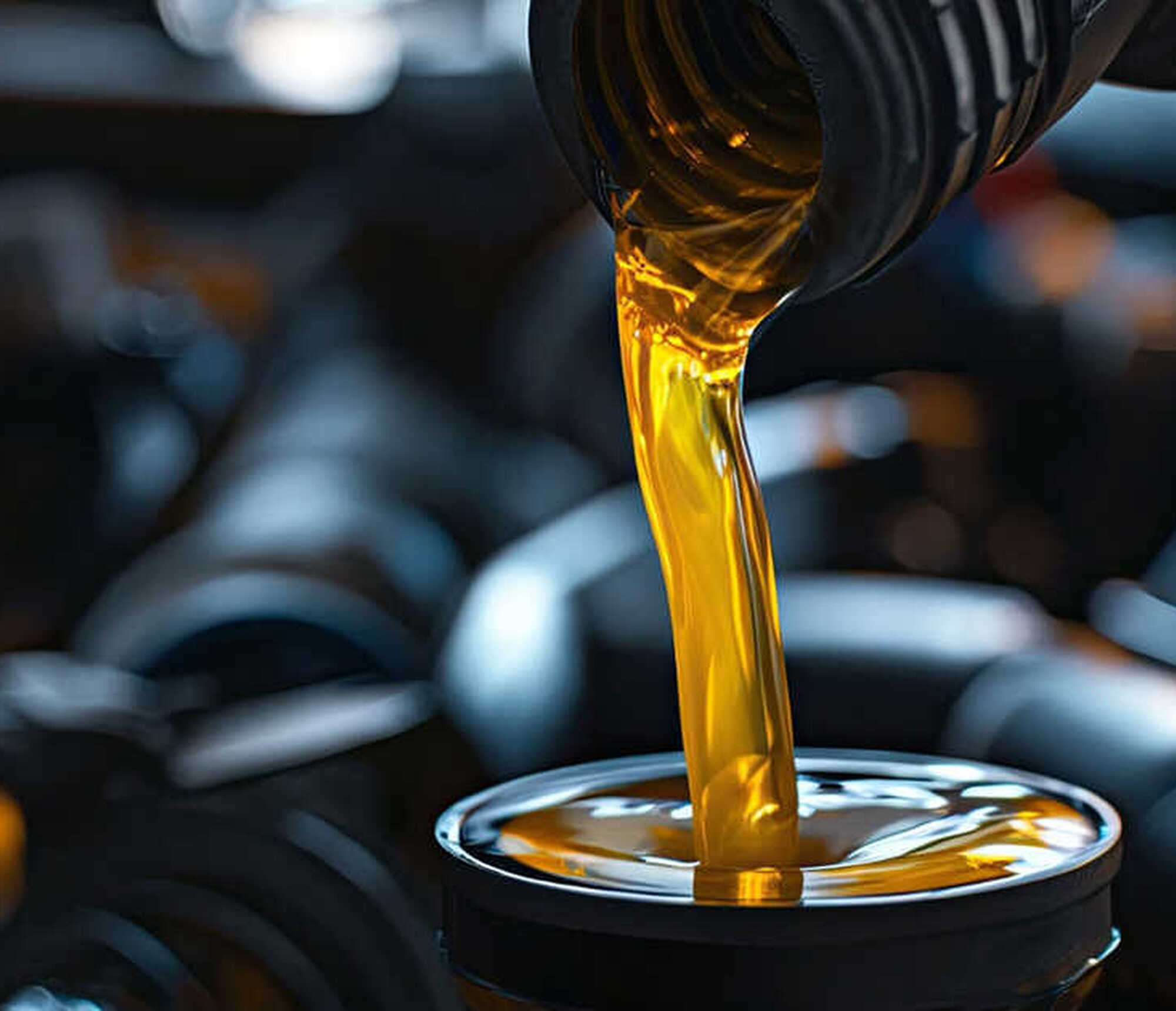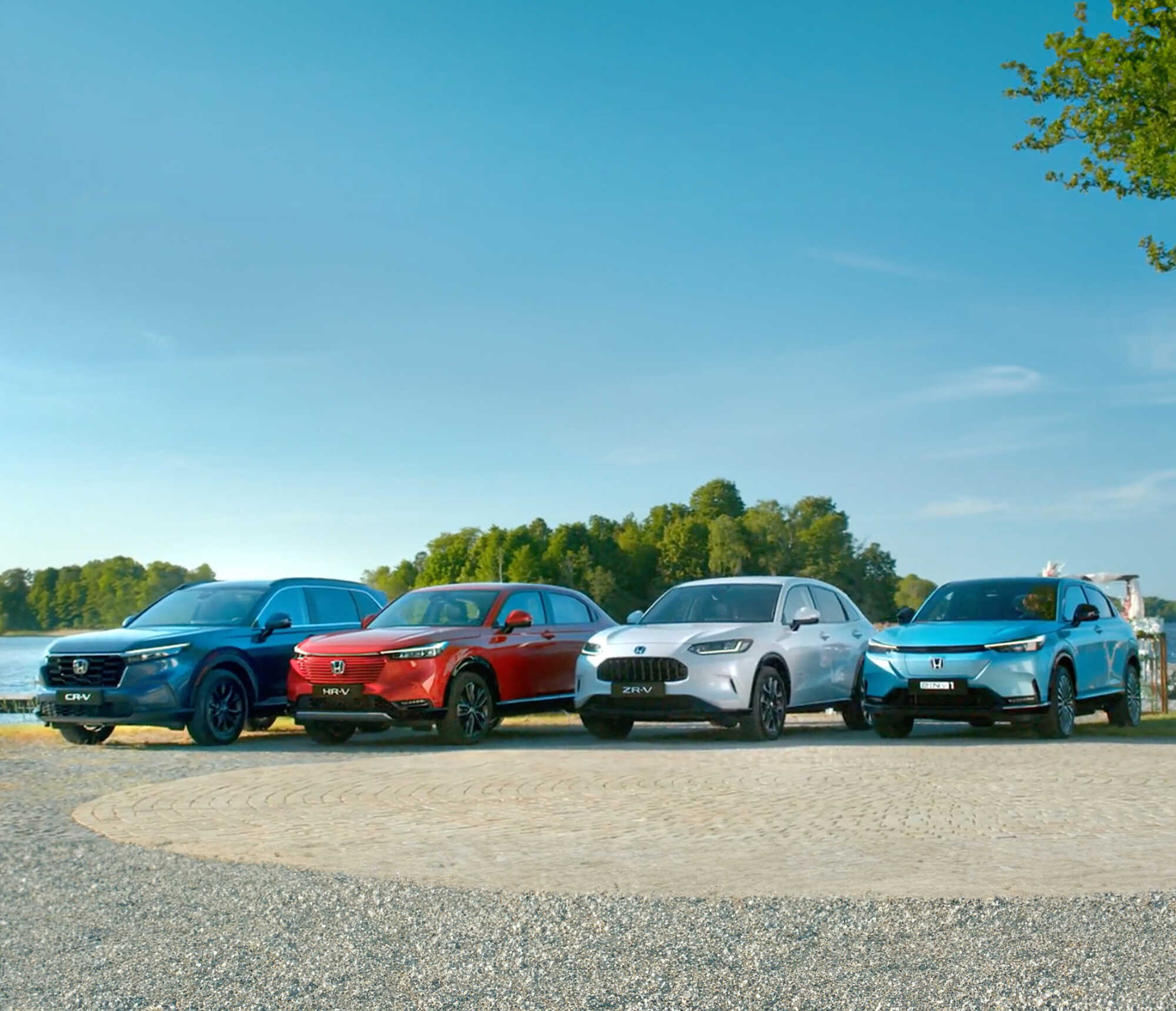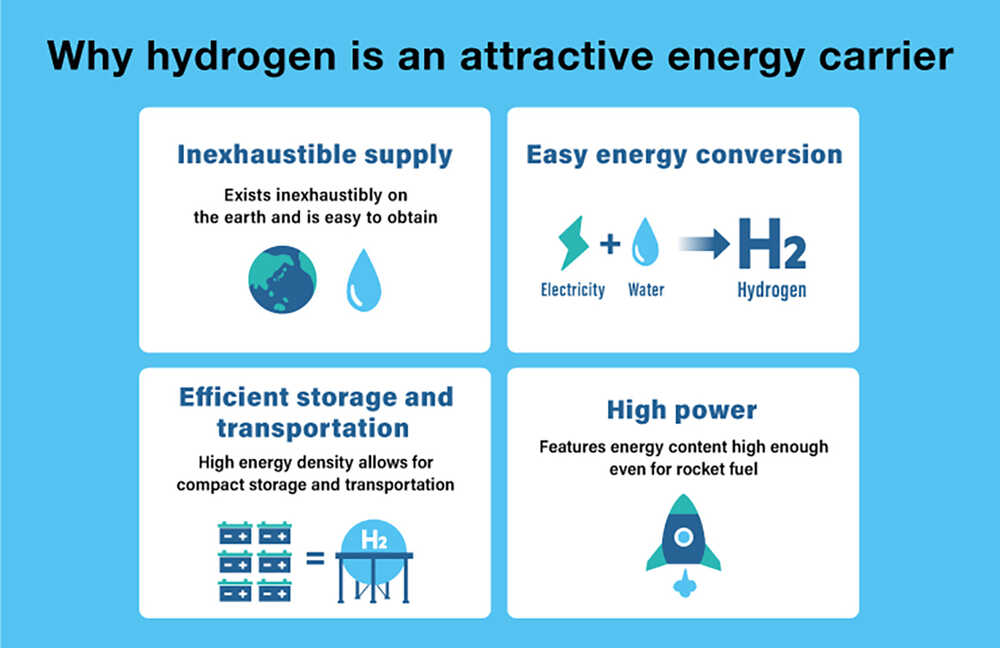
Let’s start at the beginning: what is hydrogen?
Hydrogen is a highly volatile gas that does not occur naturally on Earth. So it has to be manufactured, for example by splitting water (H2O) into oxygen (O2) and hydrogen gas (H2). That process requires energy. If this energy comes from oil, gas or coal, CO2 is emitted, and we refer to this product as grey hydrogen. However, if it is produced entirely using green electricity, from wind or solar energy for example, no CO2 is emitted in the production of either the electricity or the hydrogen, and we call this green hydrogen.
How does a hydrogen car work?
A hydrogen car is a fully electric car whose wheels are powered by one or more electrical motors. Hydrogen cars have a hydrogen tank, and there is a fuel cell under the bonnet where a controlled reaction takes place between the hydrogen and oxygen from the outside air. The energy released in that process is converted into electricity that powers the engine. The car produces no emissions, just water vapour that leaves the car through the exhaust pipe.
Hydrogen cars: an environmentally friendly alternative to combustion engines
Car manufacturers have been looking for sustainable alternatives to combustion engines for decades. If hydrogen can be produced with green energy and the refuelling infrastructure can be further expanded, hydrogen cars are an excellent alternative. Their environmental impact is very low, because they do not emit CO2, particulates or nitrates while driving. They have one great advantage over battery-powered electric cars: refuelling with hydrogen is much quicker than recharging a car battery. What’s more, a hydrogen car’s driving range is often close to that of a petrol car, i.e. higher than the range of an average electric car.
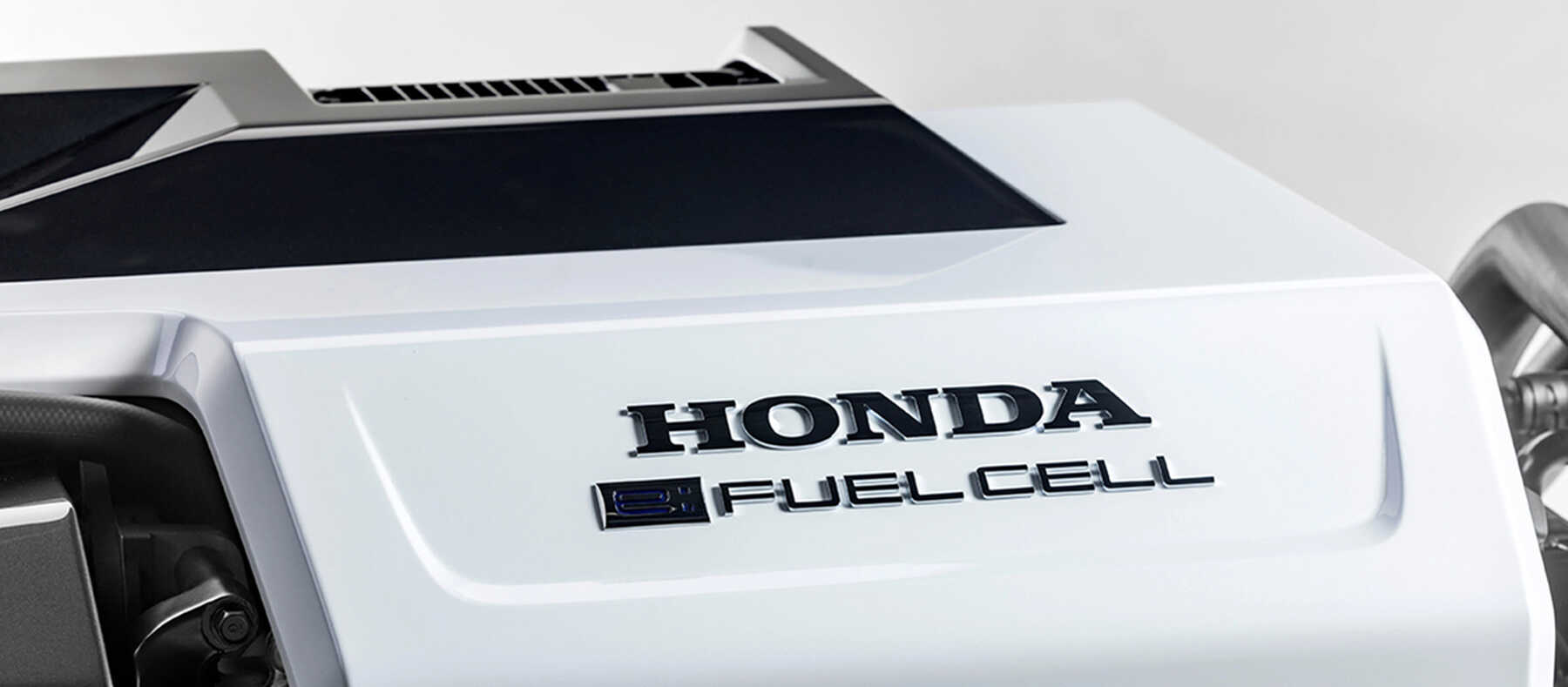
Honda, a pioneer of the energy transition
Honda has a long tradition of environmental awareness. In 1999, we launched the world’s first globally available hybrid car, the Insight. Since 2012, we have been the first company in our sector to communicate openly about the CO2 emissions of our products. As part of the Honda Lifecycle Assessment (LCA), Honda engineers evaluate each distinct phase of a car’s life to minimise its environmental impact. To reduce emissions, we are accelerating the electrification of our vehicles and continuing to work on the future of the hydrogen car.
Hydrogen, the fuel of the future?
Honda is continuing to set itself ambitious goals for reducing emissions. By 2040, we only intend to sell vehicles with zero emissions worldwide, and our goal for 2050 is for the entire company and all its products to be climate neutral. To achieve that goal, we are focusing on three main pillars: carbon neutrality, clean energy and resource circulation. Within these initiatives, Honda sees hydrogen as one of the high-potential energy carriers, along with electricity. That’s why we have been conducting research into hydrogen technologies for more than 30 years, and we will continue making every effort to perfect our electric hydrogen vehicles (FCEVs) in the future.
